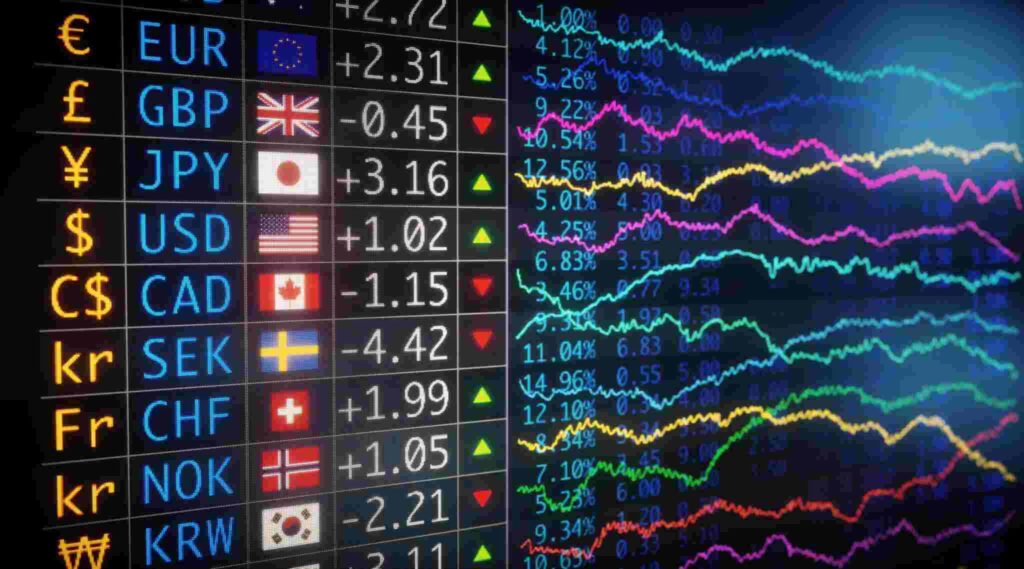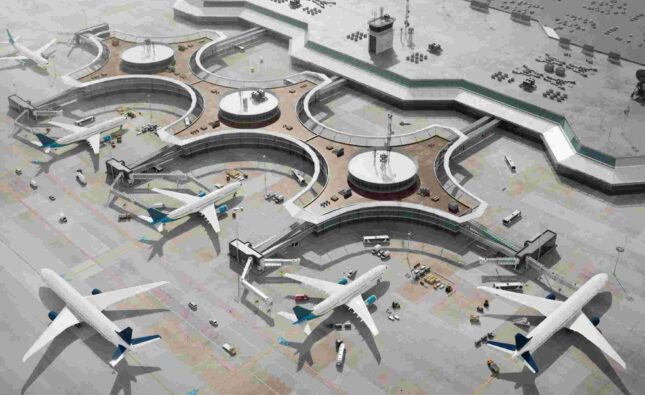
Gasoline, a vital energy source that fuels our vehicles and powers economies, has been subject to significant price fluctuations in recent years. The escalating costs of gas have garnered attention and concern from individuals, industries, and policymakers worldwide. In this article, we will explore the top 10 reasons behind the increasing gas prices globally, shedding light on the multifaceted factors contributing to this intricate issue.
1. Supply and Demand Dynamics
The relationship between supply and demand is a fundamental driver of gas prices. As economies grow and populations expand, the demand for gasoline naturally increases. However, the rate at which new oil reserves are discovered and developed may not keep pace with this rising demand. This imbalance can lead to upward pressure on prices as demand outstrips supply especially after Covid-19.
2. Geopolitical Conflicts and Disruptions
Geopolitical conflicts in major oil-producing regions can have a significant impact on gas prices. Political instability, war, or sanctions can disrupt oil production and transportation, leading to supply shortages. The uncertainty caused by such conflicts can create a sense of instability in the market, which in turn can lead to speculation and price increases.

increasing gas prices
3. Fluctuating Crude Oil Prices
Its price is subject to a wide range of factors, including geopolitical events (as mentioned earlier), production decisions by major oil-producing nations (such as OPEC), and changes in global demand due to economic growth or recession. Fluctuations in crude oil prices directly influence the cost of producing gasoline, thereby impacting its final retail price.
4. Production and Infrastructure Challenges
Challenges in oil production and distribution infrastructure can lead to supply constraints and, consequently, higher gas prices. Maintenance issues, technical glitches, or bottlenecks in refining and transportation facilities can disrupt the flow of gasoline to the market, reducing supply and increasing prices.
5. Environmental Regulations and Clean Fuel Initiatives
In recent years, there has been a global push for cleaner fuels and reduced emissions. This has led to stricter environmental regulations and the implementation of cleaner fuel standards. While these initiatives are essential for a sustainable future, they often require costly adjustments in refining processes to meet the new standards. These adjustments can increase production costs, which are eventually passed on to consumers through higher gas prices.
6. Currency Exchange Rates
Gasoline is often traded on international markets, and its price is influenced by currency exchange rates. If the local currency of a gas-importing country weakens against major trading currencies (such as the U.S. dollar), the cost of importing oil rises. This, in turn, can lead to higher gas prices in that country.

7. Speculation and Market Sentiment
Financial markets and investor sentiment can play a role in gas price fluctuations. Speculators may buy and sell oil contracts based on their expectations of future prices, creating short-term volatility. Additionally, global economic conditions and geopolitical developments can influence market sentiment, leading to sudden spikes or dips in gas prices.
8. Natural Disasters and Supply Chain Disruptions
Natural disasters, ranging from hurricanes to earthquakes, can disrupt oil production and transportation infrastructure. These disruptions can lead to supply chain challenges, such as damaged pipelines or refineries, resulting in temporary shortages and price increases.
9. Emergence of New Energy Technologies
The ongoing development and adoption of electric vehicles (EVs) and other alternative energy technologies pose a potential challenge to gasoline demand. As more consumer’s transition to EVs or other fuel-efficient vehicles, the demand for gasoline could decrease, impacting current and future prices.
Countries with Highest Gas Reserves (As of 2022)
Understanding the remaining gas reserves in major countries provides insight into future supply and its potential impact on prices:
As a major gas producer, Russia holds substantial reserves (1688.23 Trillion cubic feet), impacting global supply and prices.
Despite geopolitical challenges, Iran possesses significant gas reserves (1201.38 Trillion Cubic Feet), which can impact global energy markets.
Abundant natural gas reserves have positioned Qatar as a third major player in the global liquefied natural gas (LNG) market, influencing prices with the gas reserves of (871.59 Trillion cubic feet)
The U.S. has significant natural gas reserves (368.7 Trillion cubic feet), including shale gas. These reserves contribute to domestic supply and can influence global gas price trends.
Saudi Arabia’s growing economy demands substantial energy resources, including natural gas. Its gas reserves (294.21 Trillion cubic feet) have implications for both domestic and international prices.
Conclusion
The intricate web of factors influencing gas prices globally underscores the complexity of this issue. From supply and demand dynamics to geopolitical tensions, environmental considerations, and technological shifts, these interrelated elements collectively contribute to the increasing prices of gas. As we navigate these challenges, understanding these reasons equips us with the knowledge needed to address the impact of rising gas prices on individuals, industries, and economies.
Frequently Asked Questions
Q1: Are gas prices the same in all countries?
A: No, gas prices vary significantly across countries due to factors like taxes, production costs, and local regulations.
Q2: How do geopolitical conflicts affect gas prices?
A: Geopolitical conflicts can disrupt oil supply chains, leading to supply shortages and subsequent price increases.
Q3: What role does technological innovation play in gas prices?
A: Advances in electric and alternative fuel technologies can influence gasoline demand, potentially affecting prices.
Q4: How can governments mitigate the impact of rising gas prices?
A: Governments can consider measures such as subsidies, energy diversification, and encouraging fuel-efficient transportation.
Q5: Are there alternatives to gasoline that can help stabilize prices?
A: Yes, promoting and investing in renewable energy sources and cleaner fuels can contribute to price stability and reduce dependence on gasoline.













